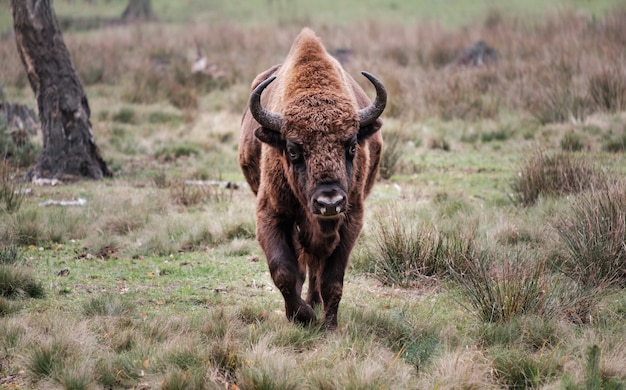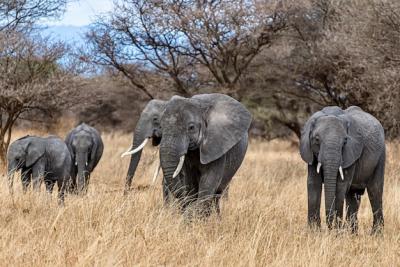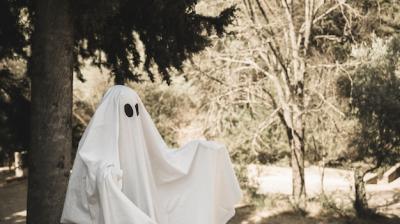European Bison (Bison bonasus) – Free Stock Photos for Download
Understanding the European Bison (Zubr)
The European bison, also known as the zubr, is an impressive animal with a rich history and a significant presence in European wildlife. These majestic creatures are known for their large size and distinctive appearance, making them a symbol of strength and connection to nature.
Physical Characteristics
The European bison is characterized by a robust body and a massive head. Below are some of its defining features:
- Height: Males can stand about 6.5 feet tall at the shoulder.
- Weight: Adult males can weigh between 1,000 to 2,200 pounds, while females are lighter.
- Coat: They have a thick, shaggy coat that helps them survive in cold climates.
- Horns: Both males and females have curved horns that can reach up to 3 feet in length.
Habitat and Distribution
European bison primarily inhabit forests and grasslands in Europe. They thrive in areas with ample food supply and sufficient cover to protect them from predators. Once widely spread across the continent, their population was drastically reduced due to overhunting and habitat loss, which led to their near extinction in the 20th century.
Conservation Status
The European bison is currently classified as a species of "Least Concern" by the IUCN. However, conservation efforts remain crucial to ensure their survival. Here are some key points about their conservation status:
- Efforts have successfully restored populations in several countries, such as Poland and Belarus.
- Protected areas and national parks have been established to offer safe habitats.
- Ongoing research and monitoring programs help track the health and numbers of the species.
Cultural Significance
The European bison holds a special place in various cultures. It symbolizes strength, resilience, and the beauty of nature. Historical representations of the bison can be found in ancient cave paintings, showcasing its importance to early humans.
In Summary
The European bison is a remarkable creature that continues to inspire awe and admiration. With ongoing conservation efforts and a growing population, there is hope for this magnificent animal to thrive in its natural habitat once again.












